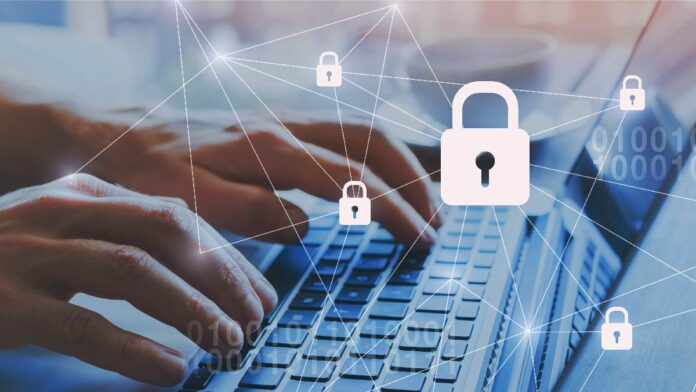With the increased need for touch-less transactions amid the pandemic, QR codes usage continues to grow in popularity.
Nearly 57% of digital users claim to have noticed a surge in QR code use since mid-March 2020, reveals a recent Ivanti study. Certainly, COVID-19 has turned the business world to a new space.
About 83% of the respondents noted they use a QR code to make regular payments or complete any online transaction. Among them, about 54% used a QR code for a financial basis for the first time in the past few months.
This study is focused on understanding how consumer attitudes and practice of QR codes has evolved over time. In fact, the consumer QR code usage has been modified from convenience in a touchless ecosystem to practicality in new realms of the market.
Also Read: Top Five Strategies for Managing Operational Risk in an Economic Downturn
In the early pandemic stage, restaurants have been using QR codes for menus or payment options. However, as the unprecedented continues, people use QR codes more frequently for practical, financial exchanges – including visiting a doctor or picking up a prescription. This rate has increased from 9% in 2020 to 14% in 2021.
For now, social activities related to QR code usage decrease in the six months from 44% to 36%. Besides, the office environment saw a surge in usage from 11% to 14% – emphasizing the shift towards how QR codes have been a common thing. Consumers are now more comfortable with QR code payments.
About 65% of the respondents reported noticing an increase in places where they can use QR codes and modern-age consumers (87%) now feel secure to use QR codes. Even with the lack of awareness around QR code scanning is very common that the security threat increased significantly to users.
In fact, around 31% of the surveyed respondents claimed of scanning a QR code that did something else which they were not ready for – taken to a suspicious website or transactions page. Now the question arises, are consumers putting themselves at more cyber risk?
As per the study, the widespread remote working norms led employees to use their mobile phones more than ever before – in order to access corporate services and data from any location. This is putting users and their employers in more cyber threats.
Some of the key highlights from the study are –
- Nearly 47% of respondents noted knowing the fact that a It can open an URL.
- Only 37% of users were aware that a QR code scanner can download an application. And about 22% claimed to know that a QR code can provide physical location.
- Almost 66% of respondents are confident that they can identify a malicious URL, however, only 39% said they could spot a malicious QR code.
- About 49% noted they either do not have or do not know if they have security software installed on their mobiles.
Also Read: Cybersecurity to Reshape Business Landscape in the Post-Pandemic World
Chris Goettl, Senior Director for product management at Ivanti explains – “As QR codes continue to increase in popularity and use, they will undoubtedly be leveraged more and more by cyber-attackers to infiltrate devices and steal corporate data. This report underscores how critical it is that companies of all sizes prioritize mobile security for their employees, regardless of the device is company or employee-owned.”
For more such updates follow us on Google News ITsecuritywire News. Please subscribe to our Newsletter for more updates.









